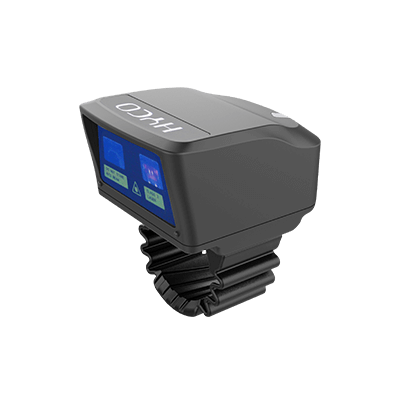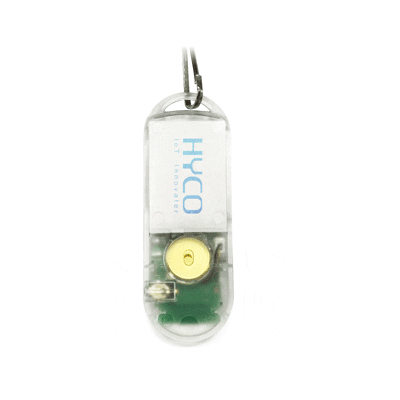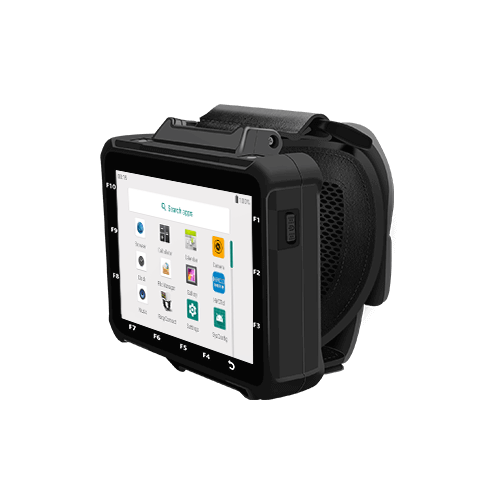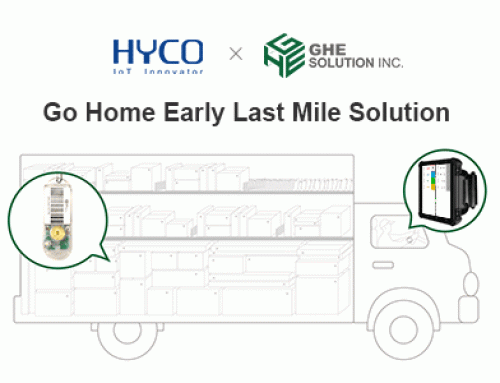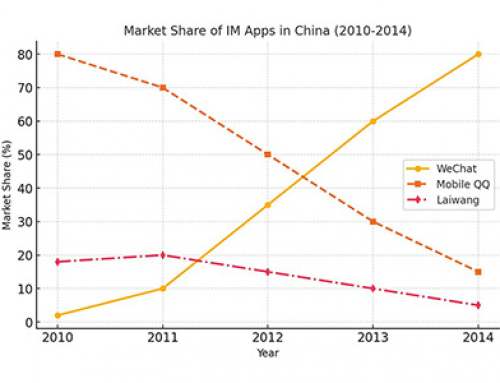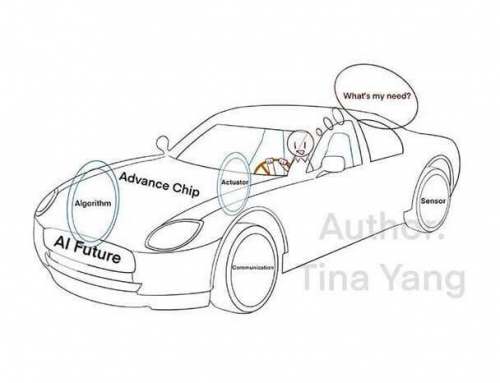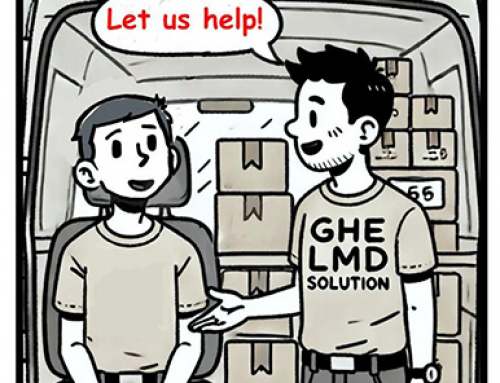The rapid growth of e-commerce parcel volumes in North America is outpacing delivery capacity. One factor contributing to that problem is a shortage of delivery drivers. But the capacity crunch is also being exacerbated by the lack of efficiency in the delivery process itself.
The inefficiency isn't due to laziness or slow driving among American drivers — they work diligently. The primary challenge lies in the outdated and inefficient delivery methods entrenched in the industry.
Based on my studies of drivers during delivery operations as well as my own personal experience working as a driver, I have identified the reasons behind the low daily package delivery rate per last mile driver. The solution in my view is to adopt new delivery methods and technology that would double driver efficiency in addition to easing their workload.
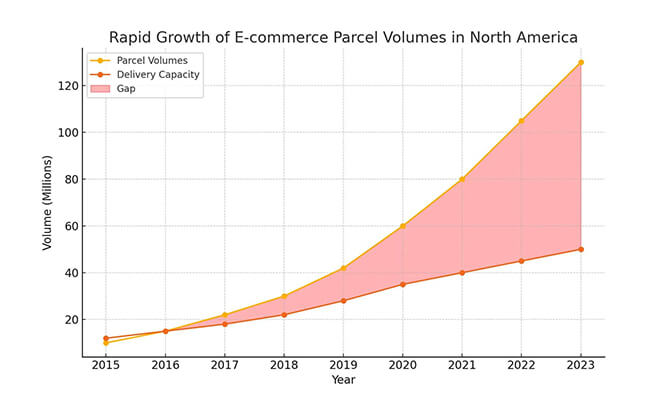
Why I Did My Study Of Delivery Driver Performance
A key factor holding back labor productivity in this area is the difficulty in time-stamping the essential activities involved with last mile delivery. The process of measuring, recording, and analyzing the time and activity associated with last mile delivery is not easy. The difficulty in making a quantifiable time assessment has been a significant reason why last mile delivery efficiency in the United States has struggled to improve substantially over the past 20 years.
To accurately record the time consumption of each action and the process, I had to observe the drivers in operation and monitor the display contents of their work smartphones or personal digital assistants (PDAs) in real-time. What’s more, I used two additional smartphones as stopwatches to record the time for each action and process. Results were promptly recorded on a fourth phone or on paper for consolidated analysis following field tests.
My approach was to hone in on the essential task for a last mile delivery driver — correctly delivering the package to the right customer. I viewed other tasks done by the driver as auxiliary and not necessary. Through rigorous on-site testing, recording, and time diagnostic analysis, I identified that the essential delivery actions are limited to:
• Driving to deliver packages to customer doorsteps
• Taking packages off the vehicle and delivering them to designated customer locations
The Five Wasteful Delivery Activities That Need Fixing
My study found these five key factors contributing to low efficiency in delivery rates:
1.Difficulty in locating the packages designated for each delivery stop in a crowded vehicle
This problem was made even worse in hot summer conditions after intense driving sessions and workers has to find a package in stifling heat, leading to an average waste of 20 to 25 seconds per package. This time can be reduced to zero through cutting-edge technological innovations, eliminating the need for searching upon arrival and enabling direct package retrieval for delivery.
The solution here is the adoption of wireless light Tag that would illuminate the container or bag holding the package marked for delivery. Think of this as a “pick-to-light” system guiding drivers to select the right item(s) in a delivery vehicle. The light Tag technology could be further integrated with artificial intelligence (AI) applications and mapping technology to ensure correct package selection.
2.Frequent return trips to the same area to deliver parcels
I noticed that sometimes a driver would make multiple trips to the same neighborhood and even the same address within a period of a day. Average time wasted with this inefficient activity amounted to one-to-two hours each day.
The use of wireless light Tags could help solve the problem of path optimization. The aforementioned light Tags would illuminate all the bags needed for delivery stops in a particular neighborhood. That way trips would be minimized.
3.Driver distraction
Any type of interference makes it challenging for the driver to swiftly and accurately locate the delivery destination while driving.
The solution is mounting a wearable computer in the truck cab that would provide verbal guidance on routing and intended direction. The computer would also display vital information such as a map.
4.Excessive handling of delivery smartphones
I recorded an average of 8-to-13 interactions with a phone per package. This unnecessary activity wasted time and compromised vehicle operator safety.
A wearable computer eliminates the need for using a smartphone to receive routing or delivery instructions, as it would have the capability for voice communication as well as speech recognition. A global positioning system (GPS) connected to the computer would keep track of the delivery vehicle whereabouts enroute. Automatic location tracking would eliminate any need on the driver’s part for recording delivery stops.
5.Handling packages while managing a smartphone to open and close vehicle doors
This simple activity necessitates a third hand and proved inconvenient when trying to use the phone in selecting delivery packages.
The solution is to take advantage of light Tags and advanced wearable Internet-of-Thing (IoT) devices — that can entirely free up drivers' hands from using the phone for guidance in package selection. The light tags would denote the packages need to be retrieved from the van for a particular delivery stop.
100% Improvement in Driver Delivery Performance
As my research shows, if we addressed those five core pain points, we can improve driver efficiency. The innovative technologies described above can solve most of them.
In fact, I believe that by applying those five technological solutions, in combination with changes to delivery methods, we can enhance driver delivery productivity 100 percent. That would increase a drivers daily deliveries from a previous limit of 250 packages to consistently achieving exceptional results of 500 packages per day, and more easier.

